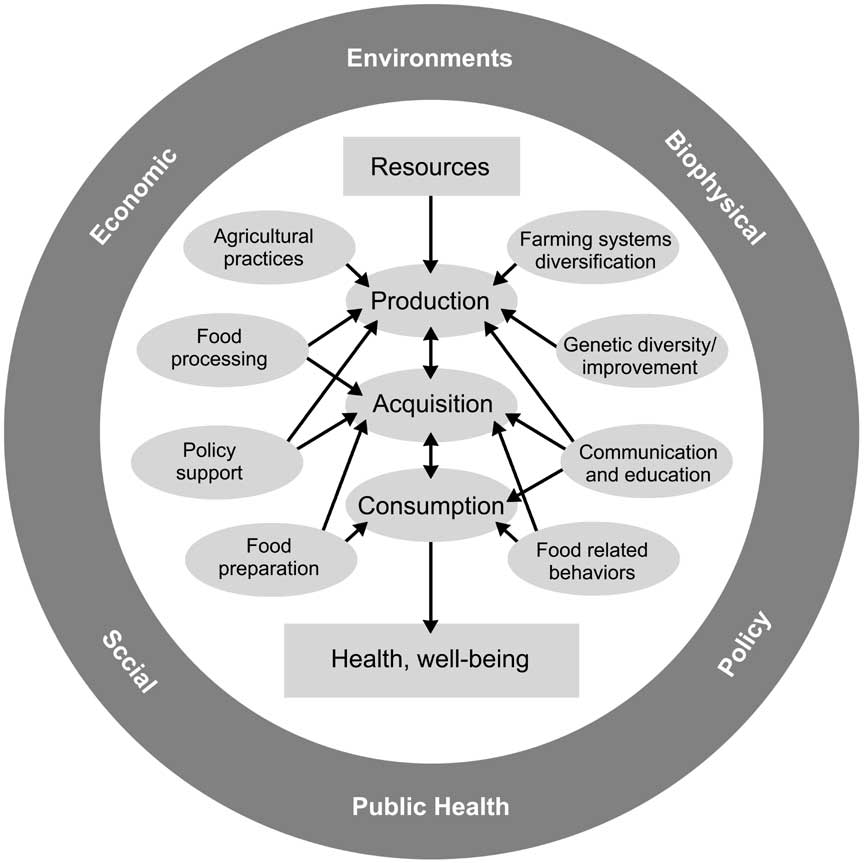(UNCED, 1993), and the UN IFCS (Box 2-9) use the precautionary and polluter pays principles in designing policy approaches to chemical use and distribution (EEA, 2001; City and County of San Francisco, 2007; Fisher, 2007). Scientists and researchers in the fields of public health, medicine, ecology and participatory development and extension call for greater public sector investment in agroecological research and education, and establishment of better institutional linkages among farmers, extension agents and physical and social scientists (UNDP, 1995; Wesseling et al., 1997; Röling and Wagemakers, 1998; SIDA, 1999; Sorby et al., 2003; Norton et al., 2005; Warner, 2006a; Cole et al., 2007).
The weight of the evidence points towards the need for more determined institutional and policy support for participatory ecologically-based decision making by farmers; agroenvironmental partnerships to foster social and environmental collaborative learning; stronger and enforceable policy and regulatory frameworks; and investments by public sector, donor and commercial agencies in sustainable and agroecological research, extension, education, product innovation and marketing. More experimentation is needed to develop and test institutional innovations that are likely to enable further societal shifts towards sustainable pest management.
2.3.3 Food systems management
Satisfaction of social needs and desires, and hunger, more than nutritional needs, govern the selection and consumption of foods). Different food systems differently affect food security, safety and sovereignty. Food systems (Figure 2-4, 2-5) include the complex interactive and interrelated processes involved in keeping a community fed and nourished (Ericksen, 2006ab). At the core are food system activities that include production, processing, distribution, consumption and their outcomes: social welfare; food security and environmental welfare. A sustainable food system would incorporate social justice into a more localized system; alleviate constraints on people's access to adequate, nutritious food; develop economic capacity to purchase local food; train people to grow, process, and distribute food; maintain adequate land to produce a high proportion of locally required food; educate people removed from food production, to participate in, and respect, its generation; and integrate environmental stewardship into process (Koc et al., 1999). Food systems are assessed at the local and global level here for the sake of simplicity, although more complex variations (e.g., regional systems) exist and much interaction actually occurs among all the levels.
2.3.3.1 Local food systems activities
At the eve of World War II, local food systems (LFS) prevailed throughout the world. These predominantly fallow/ rotational systems used manual labor (Mazoyer and Roudard, 2005), were family-owned, small and highly diversified crop-animal systems with varying productivity (Fogel, 2004; Mazoyer and Roudard, 2005). Food processing in many parts of the world relied on local knowledge of preservation and packaging techniques, such as salting, curing, curding, sun drying, smoking and fermentation (Johnson, 2000). Surplus produce was sold at the farm gate or in local market places directly to consumers

Figure 2-4. Holistic food system model. Source: Combs et al., 1996.
or to intermediary traders (Amilien, 2005). LFS directly contributed to the incomes of small-scale farmers, providing fresh and culturally acceptable food to consumers, and allowing direct interaction between consumers and food producers. However, farmers and local processors often experienced high transaction costs, seasonal price highs and lows and flooded markets, while consumers often lacked choice and quality foodstuffs or encountered contaminated or unsafe products (Crosson and Anderson, 2002). Rural households primarily acquired food from their own production (from local markets, relatives and friends; or from gathering, hunting or fishing). LFS sustain livelihoods of a significant number throughout the world, particularly in the southern hemisphere.
2.3.3.2 Global food systems activities
Over the past 50 years there has been a dramatic change in food systems particularly in developed countries (Knudsen et al., 2005; LaBelle, 2005) from local to global, traditional to an industrial, and from state regulated to a market- or transnational corporations-dominated system monopolized by relatively few companies from production to retail (Hendrickson and Heffernan, 2005). LFS production has changed for many into mechanized high-input specialized commodity farming, employing fewer people (Lyson, 2005; Dimitri et al., 2005; Knudsen et al., 2005). This transformation resulted in farm output growing dramatically, except in Africa (Knudsen et al., 2005) and a dramatic rise in GDP (Crosson and Anderson, 2002); spurring rapid growth in average farm size accompanied by an similar rapid decline in the number of farms and rural populations (Lyson, 2005; Knudsen et al., 2005).
Prior to the 20th century, increases in food production were obtained largely by bringing new land into production, With the exception of a few limited areas of East Asia, in